There’s something magical about sharing your life with a Labrador. Their goofy grins, endless enthusiasm, and warm-hearted loyalty make every day brighter. But let’s be honest—living with a Lab is not a walk in the park (unless you’re literally on a walk in the park, where they’ll probably roll in something questionable). If you’ve ever found yourself wiping muddy paw prints off the ceiling or wondering if your dog is part vacuum cleaner, you’re not alone. Labrador owners know there are unique challenges to loving these big-hearted, big-pawed bundles of fur. Let’s dive into the top ten, and how to meet each one with patience, humor, and a little extra lint roller.
The Never-Ending Shedding Storm
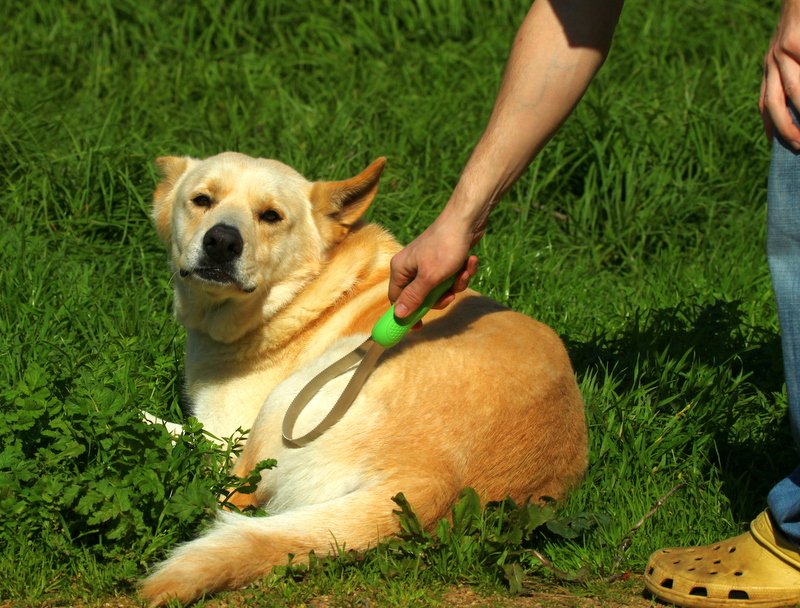
Labradors shed like they’re trying to single-pawedly create a new dog from fur alone. You’ll find hair in your coffee, on your clothes, and yes, even in places you thought were off-limits. It can feel overwhelming, especially during spring and fall when their coats “blow out.”
Investing in a quality de-shedding brush is a lifesaver. Brushing your Lab several times a week (or even daily during heavy shedding) helps minimize the tumbleweeds. Vacuum often and keep lint rollers handy. Remember, a healthy diet with plenty of omega-3s can also help keep that glossy coat under control.
The Olympic-Level Appetite
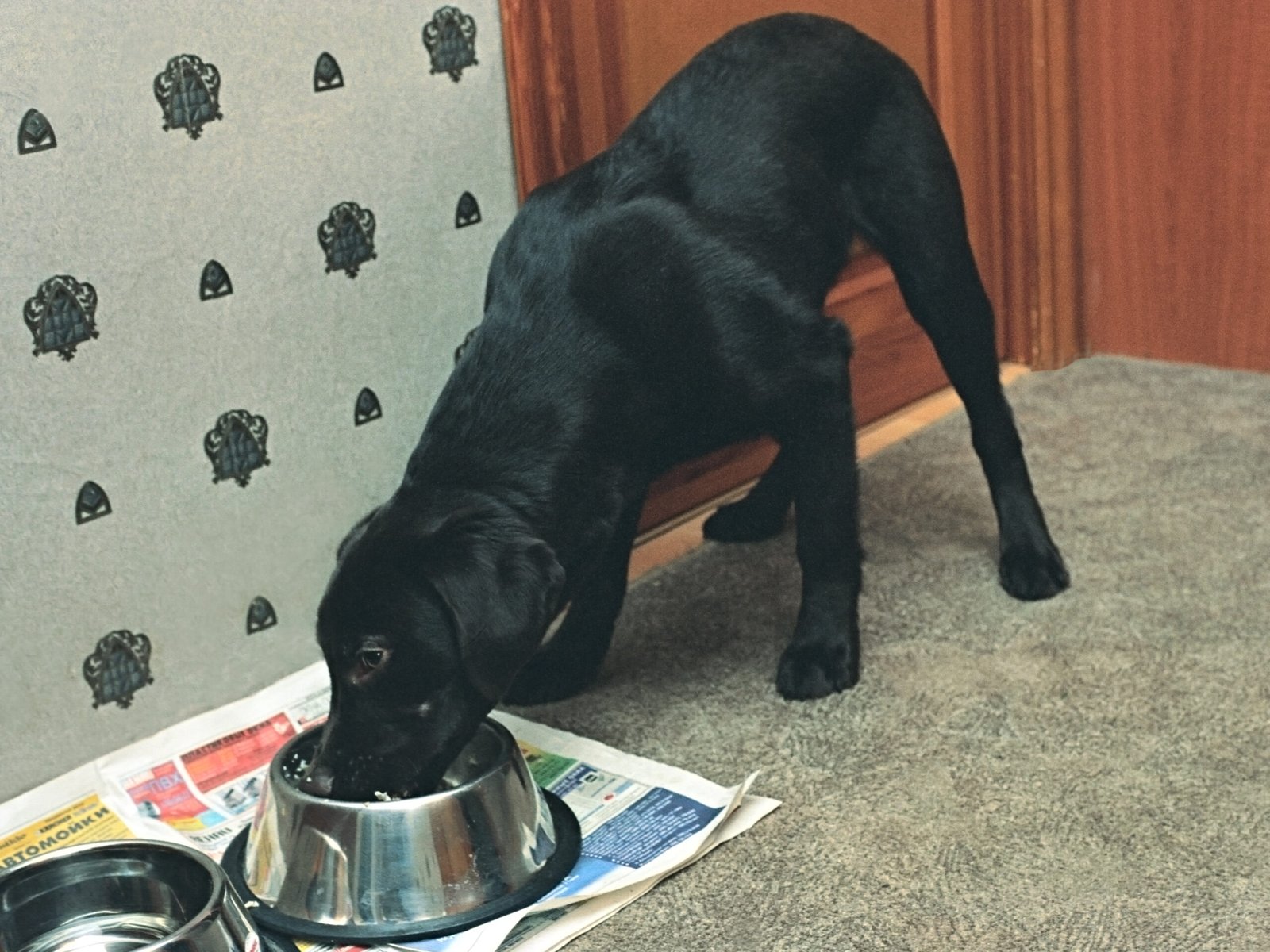
Labradors are notorious for acting like they’re famished at all hours. Whether it’s counter-surfing, raiding trash cans, or giving you those soulful “I’m starving” eyes, their appetite can be both hilarious and exasperating.
The key is sticking to a strict feeding routine and using puzzle feeders to slow them down. Make sure food is out of reach—these dogs are crafty! Watch for signs of weight gain and resist the urge to indulge every pleading glance. Your Lab’s waistline (and your sanity) will thank you.
Boundless Energy—Morning, Noon, and Night
A tired Lab is a happy Lab, but getting them there? That’s a workout in itself. Labs were bred to work all day, so without enough exercise, they can get bored and destructive. Cue the chewed shoes and frantic zoomies.
Daily long walks, games of fetch, and swimming are fantastic energy-burners. Don’t underestimate the value of mental stimulation too—training sessions and enrichment toys help curb their restlessness. Remember, a well-exercised Lab is less likely to turn your house upside down.
The “Everything Is a Chew Toy” Phase
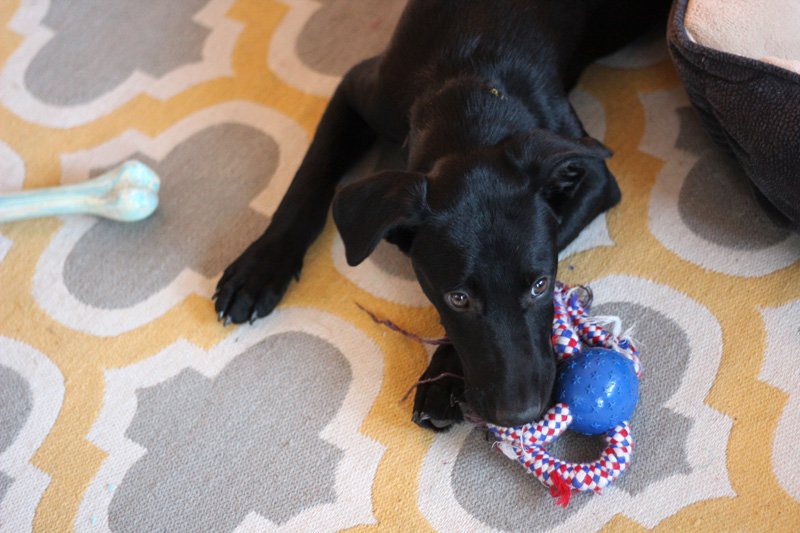
From puppyhood and sometimes well into adulthood, Labs love chewing. Shoes, furniture, remote controls—nothing is safe. This isn’t bad behavior; it’s part of how they explore and self-soothe (especially during teething).
Redirect this impulse with plenty of safe chew toys and bones. When you catch your Lab gnawing on forbidden items, calmly swap them for an approved toy. Puppy-proof your home and keep things you value out of reach until your Lab matures. Patience and consistency are your best friends here.
The Water Obsession
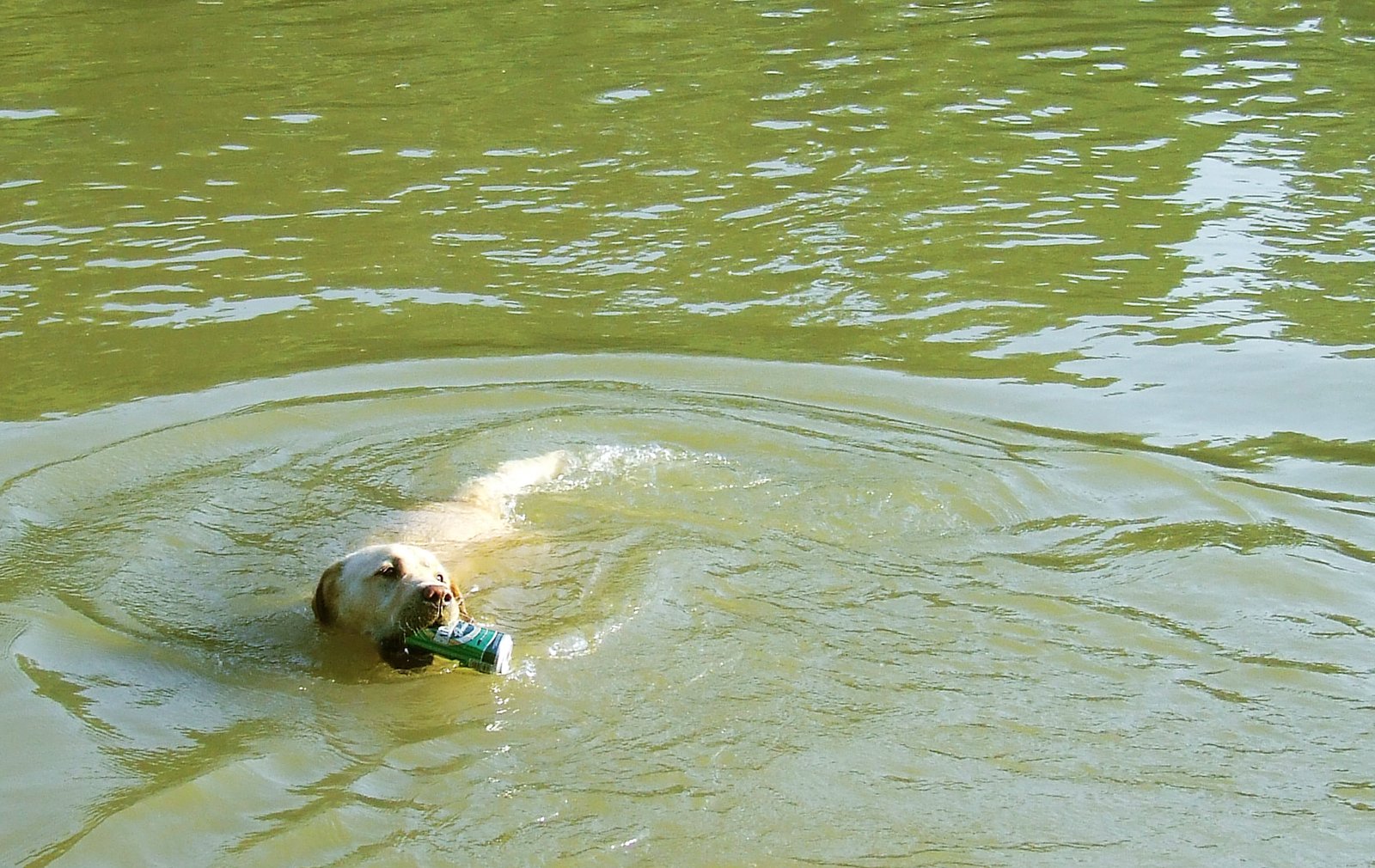
If there’s a puddle, pond, or even a tipped-over water bowl, your Lab will find it—and probably dive in headfirst. Labs are natural swimmers, bred for retrieving in water. But this love for wetness means you’ll battle muddy paws and soggy fur often.
Keep towels near the door and teach your dog a “wait” command before they dash inside after a swim. Regular ear cleaning is important too, since Labs are prone to ear infections from dampness. Embrace the fun, but set boundaries for bath time!
Selective Hearing Skills
Labs are smart, but they also have a mischievous streak. Sometimes, it seems like they only hear you when it suits them—especially if there’s something more interesting (like a squirrel) around.
Training with positive reinforcement makes a world of difference. Practice commands in various environments, not just at home, to reinforce good habits. Keep sessions short and fun, and don’t get discouraged if your Lab tests the limits. Consistency is key, and plenty of treats help motivation!
The Velcro Dog Syndrome
Labs adore their people. Sometimes, maybe a little too much. If you’ve ever tripped over your dog in the kitchen or found them pressed up against the bathroom door, you know what I mean. Separation anxiety can also be a challenge.
Gradually teach your Lab to enjoy alone time with short absences and plenty of positive associations. Leave puzzle toys or a favorite blanket when you go out. Building independence takes time, but helps your Lab feel secure when you’re not right by their side.
The Joy (and Chaos) of Social Butterflies
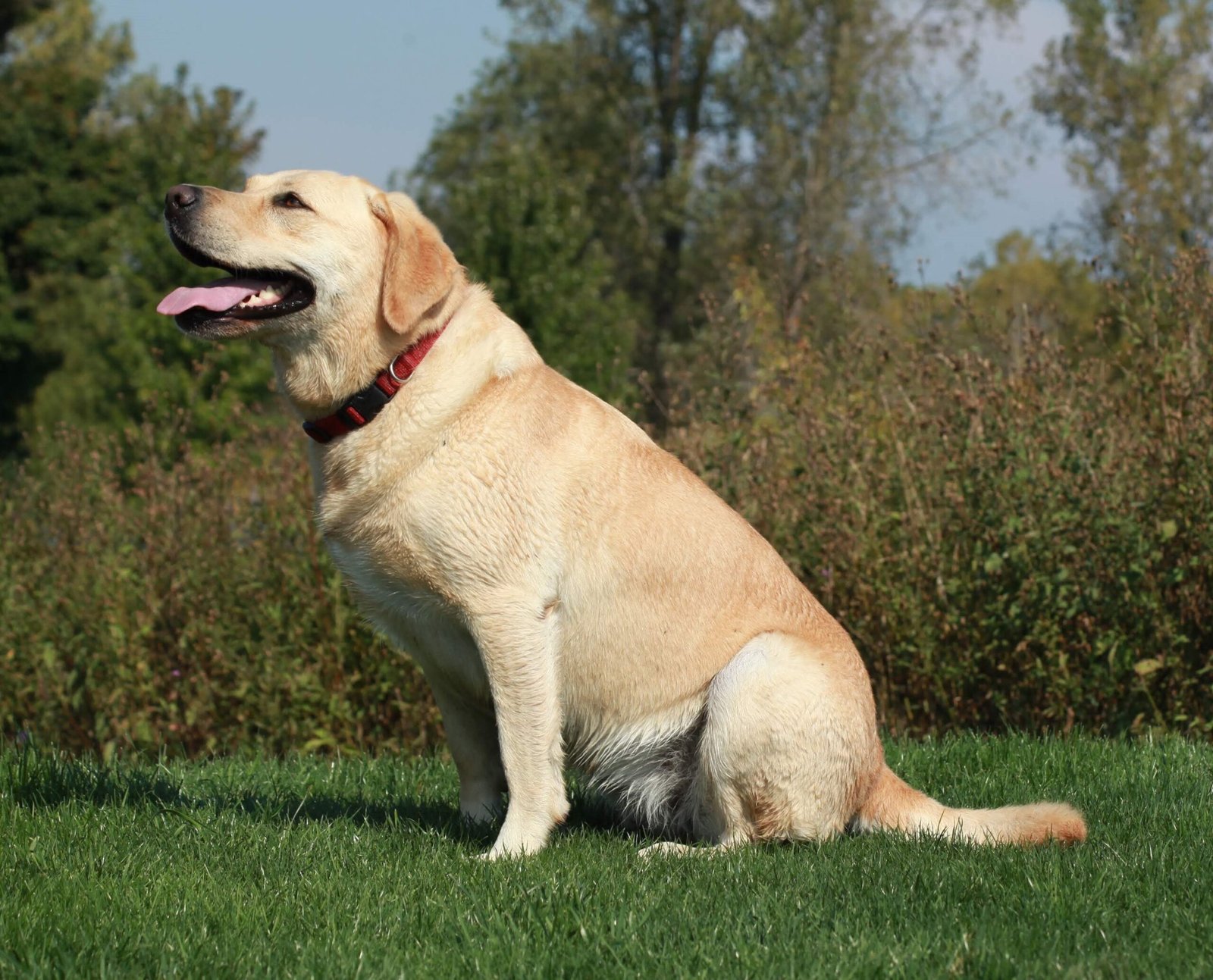
Labradors love everyone—sometimes a bit too enthusiastically. They’ll greet strangers with tail wags and attempt to befriend every dog at the park, which can be overwhelming if they’re not well-mannered.
Early socialization and obedience training are essential. Practice calm greetings and reward gentle behavior. If your Lab gets overly excited, ask for a “sit” before allowing them to interact. Remember, their friendliness is their superpower—just help them channel it positively.
The Sneaky Health Concerns
Labs are generally robust, but they’re prone to a few health issues like hip dysplasia, ear infections, and obesity. Sometimes, these problems can sneak up on even the most attentive owner.
Stay ahead by scheduling regular vet check-ups and monitoring your Lab’s weight. Watch for signs like limping, excessive scratching, or a change in appetite. Keeping ears clean and providing joint supplements can make a big difference. Early intervention is always best.
The Heartbreak of Growing Older
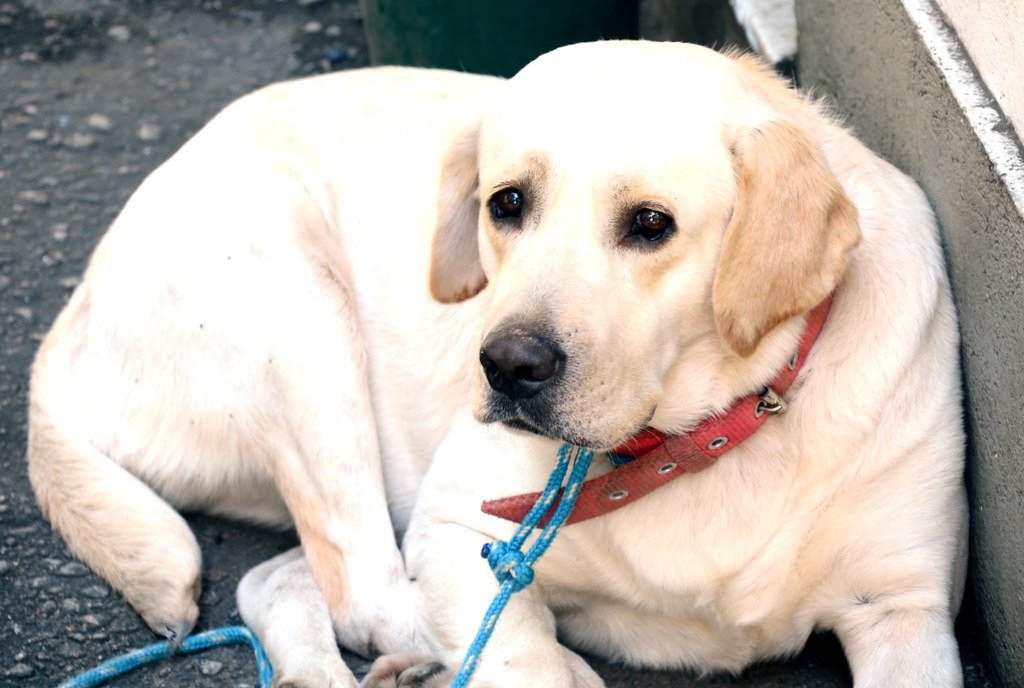
Watching your vibrant Lab slow down is one of the toughest challenges. Grey muzzles, stiff joints, and shorter walks tug at your heart. Labs give us everything—they deserve our best in their golden years.
Adjust their routine to suit their changing needs. Provide orthopedic beds, gentle exercise, and extra cuddles. Cherish every moment and celebrate the love they’ve given so freely. It’s never enough time, but it’s always worth it.
Conclusion
Labrador life isn’t always tidy or easy, but it’s full of laughter, loyalty, and the kind of joy only a Lab can bring. Even on the days you’re picking fur out of your dinner or chasing after a muddy dog, remember—you’re part of a club that understands the chaos and wouldn’t trade it for anything.

Linnea is a born and bred Swede but spends as much time as possible in Cape Town, South Africa. This is mainly due to Cape Town’s extraordinary scenery, wildlife, and atmosphere (in other words, because Cape Town is heaven on earth.) That being said, Sweden’s majestic forests forever hold a special place in her heart. Linnea spends as much time as she can close to the ocean collecting sea shells or in the park admiring puppies.





